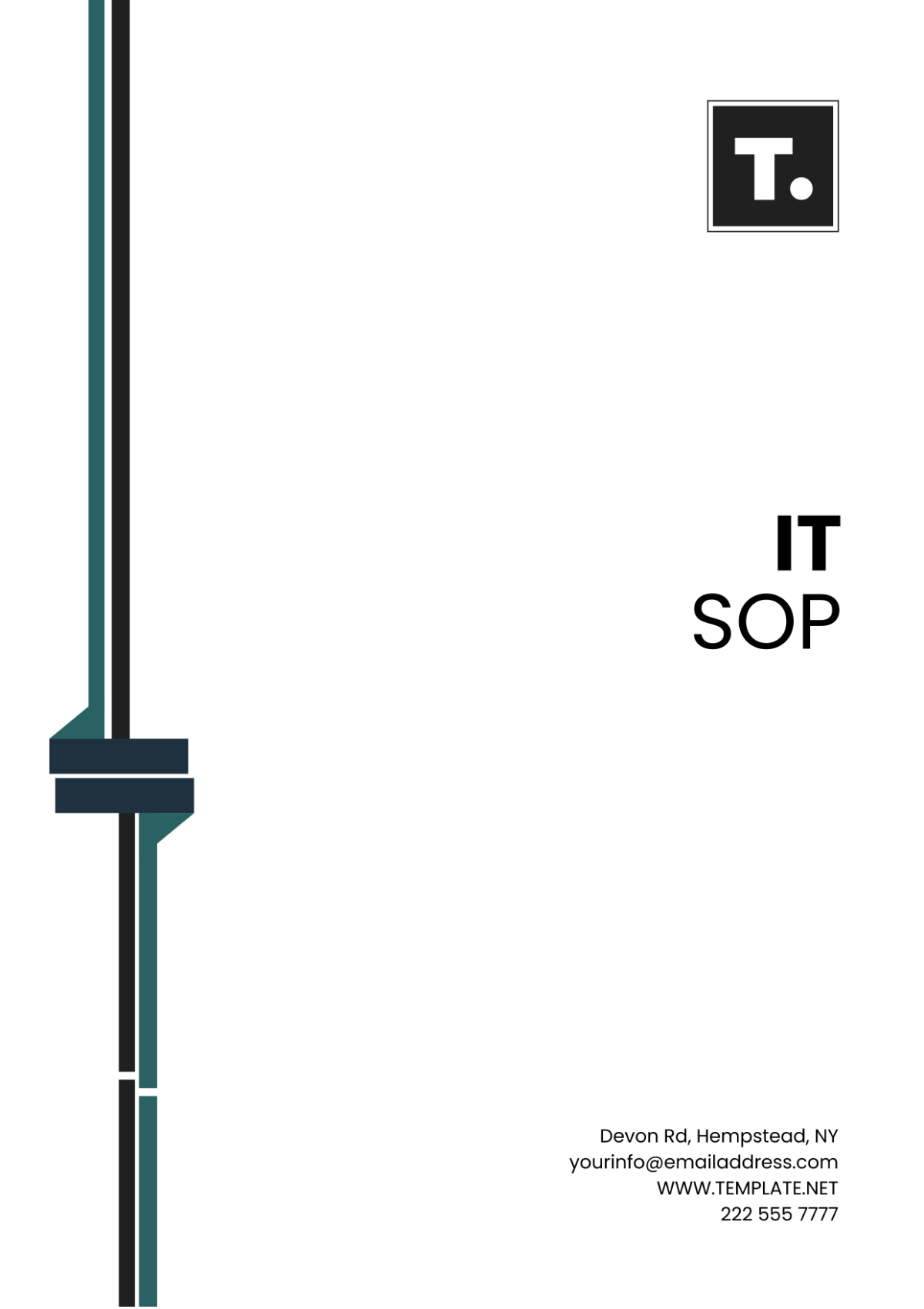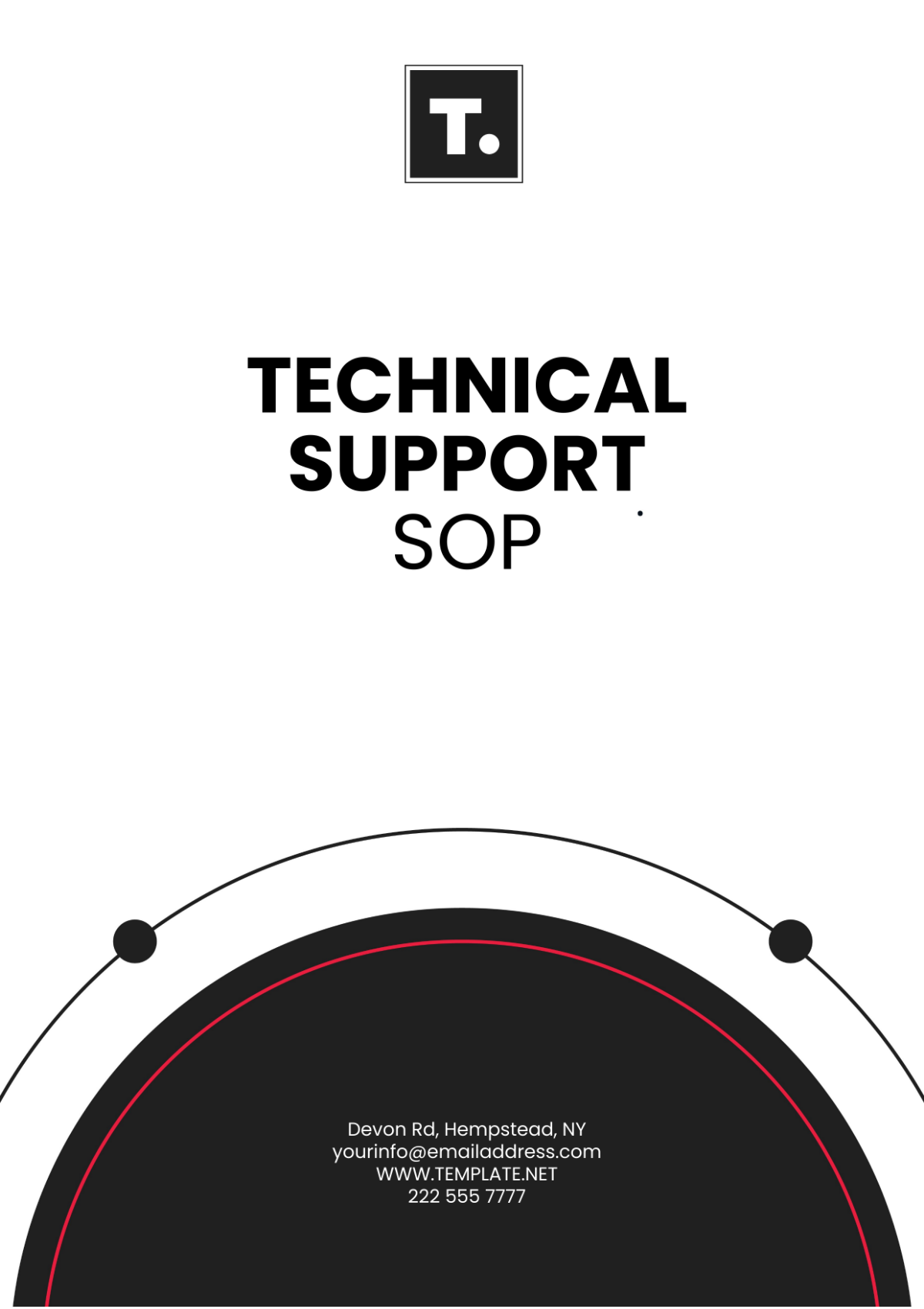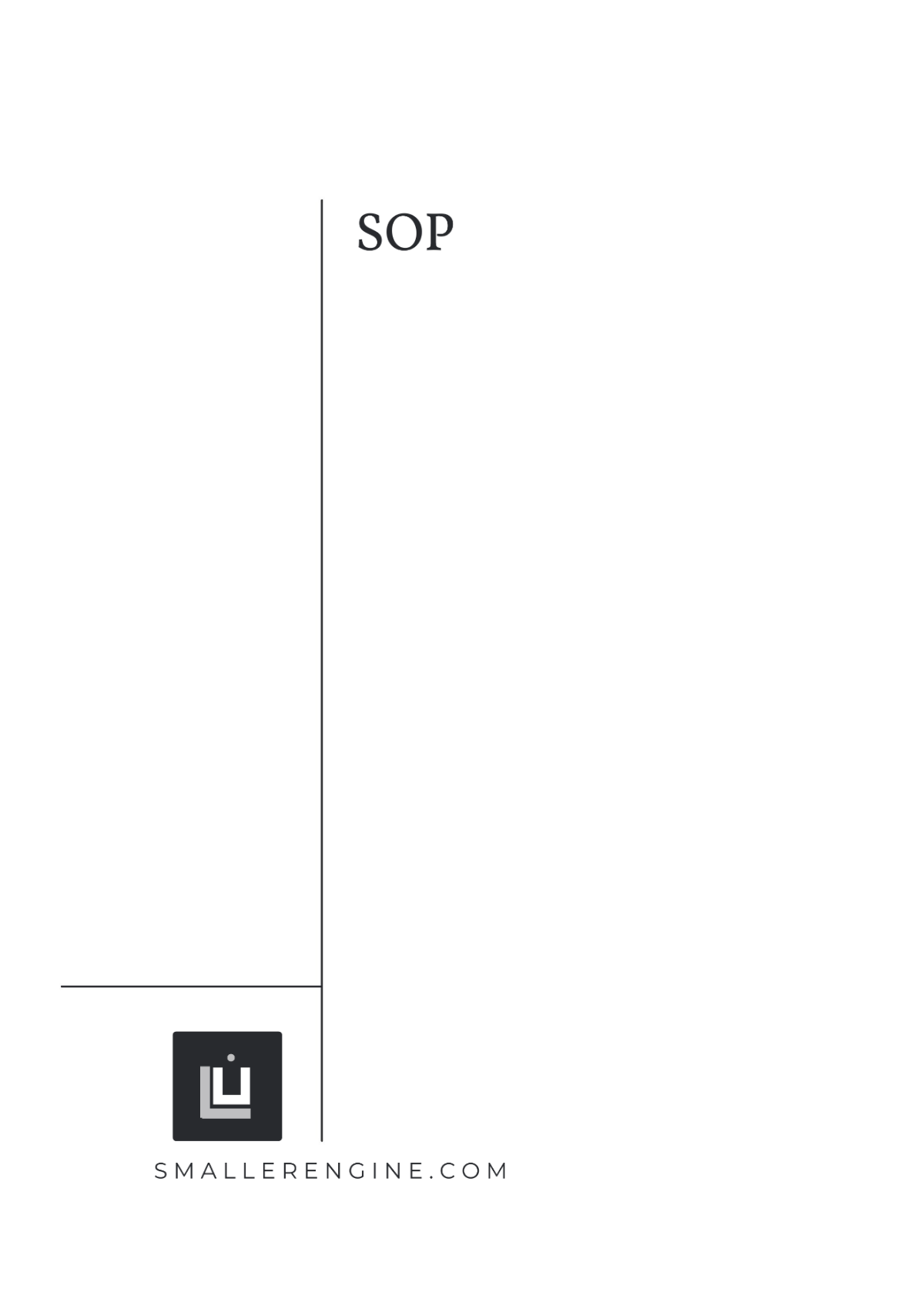Free Cyber Security SOP Template
CYBERSECURITY STANDARD OPERATING PROCEDURE (SOP)
I. INTRODUCTION
This Standard Operating Procedure (SOP) is issued by [Your Company Name], located at [Your Company Address]. As a leader in [Your Industry], safeguarding our digital assets and maintaining a secure cyber environment is paramount. This SOP aims to provide comprehensive guidance on managing cybersecurity incidents, implementing proactive security measures, and ensuring compliance across all departments and systems within our organization.
II. PURPOSE
The primary purpose of this SOP is to protect our valuable systems, sensitive data, and reputation from cyber threats. By establishing a robust incident response framework, deploying effective security measures, and fostering a culture of cyber awareness, we aim to minimize risks and maintain the highest standards of cyber security excellence.
III. SCOPE
This SOP applies to all employees, contractors, vendors, and third parties operating within [Your Company Name]. It encompasses all digital systems, networks, devices, and data assets owned or utilized by the organization, regardless of location or platform.
IV. PROCEDURES
4.1 Incident Response Procedure
Detection: Utilize advanced monitoring tools and techniques to swiftly detect potential cyber security threats, anomalies, or suspicious activities across our network and systems.
Assessment: Conduct a thorough assessment and analysis of detected incidents to determine the nature, scope, and potential impact on our operations, data integrity, and confidentiality.
Response: Implement predefined response protocols, including containment measures, forensic analysis, and incident escalation procedures, to mitigate the impact of cyber security incidents and restore normal operations promptly.
Reporting: Maintain accurate incident records, document response actions taken, and promptly report incidents to the designated cyber security team, IT department, management, and relevant stakeholders for further investigation, analysis, and resolution.
4.2 Security Measure Implementation
Regular Software Updates: Ensure all software applications, operating systems, firmware, and security patches are regularly updated and patched to address known vulnerabilities and mitigate exploitation risks.
Network Security: Implement robust network segmentation, access controls, firewall rules, intrusion detection/prevention systems (IDPS), and secure VPNs to protect against unauthorized access, data breaches, and network-based attacks.
Endpoint Security: Deploy and maintain endpoint protection solutions, such as antivirus software, endpoint detection and response (EDR) tools, mobile device management (MDM), and encryption technologies, to secure endpoints (e.g., desktops, laptops, mobile devices) and prevent malware infections, data leaks, and unauthorized access.
Data Protection: Implement data encryption, access controls, data loss prevention (DLP) mechanisms, and secure backup solutions to safeguard sensitive data, ensure data integrity, and facilitate timely data recovery in the event of data loss, corruption, or unauthorized disclosure.
V. COMPLIANCE
All employees, contractors, and third parties are required to adhere strictly to the procedures, policies, and guidelines outlined in this SOP, as well as relevant cyber security standards, regulations, and industry best practices. Non-compliance may result in disciplinary action, termination of access privileges, legal consequences, and reputational damage to the organization.
VI. CONTACT
For clarifications, suggestions, or feedback related to this SOP, please contact the Cyber Security Team at [Your Company Email] or [Your Company Phone Number]. Additionally, employees are encouraged to report any suspicious activities, security incidents, or potential vulnerabilities through the designated incident reporting channels.
VII. REVISION
This SOP will undergo regular review, updates, and enhancements by the Cyber Security Team, IT Governance Committee, and Executive Management to ensure alignment with emerging cyber threats, technological advancements, regulatory requirements, and industry standards. Feedback from stakeholders, lessons learned from past incidents, security audits, penetration tests, and risk assessments will be incorporated into future revisions of this SOP to enhance its effectiveness and relevance in safeguarding our digital assets and maintaining cyber resilience.

[APPROVER’S NAME]

















































